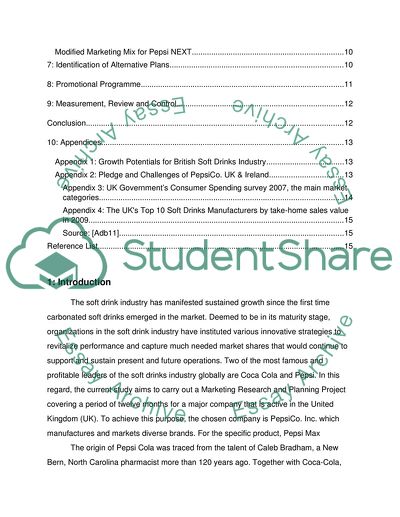Cite this document
(“Planning Project of PepsiCo in the United Kingdom Assignment”, n.d.)
Retrieved from https://studentshare.org/marketing/1579112-a-marketing-research-and-planning-project-on-the-active-soft-drinks-company-in-the-uk
Retrieved from https://studentshare.org/marketing/1579112-a-marketing-research-and-planning-project-on-the-active-soft-drinks-company-in-the-uk
(Planning Project of PepsiCo in the United Kingdom Assignment)
https://studentshare.org/marketing/1579112-a-marketing-research-and-planning-project-on-the-active-soft-drinks-company-in-the-uk.
https://studentshare.org/marketing/1579112-a-marketing-research-and-planning-project-on-the-active-soft-drinks-company-in-the-uk.
“Planning Project of PepsiCo in the United Kingdom Assignment”, n.d. https://studentshare.org/marketing/1579112-a-marketing-research-and-planning-project-on-the-active-soft-drinks-company-in-the-uk.


